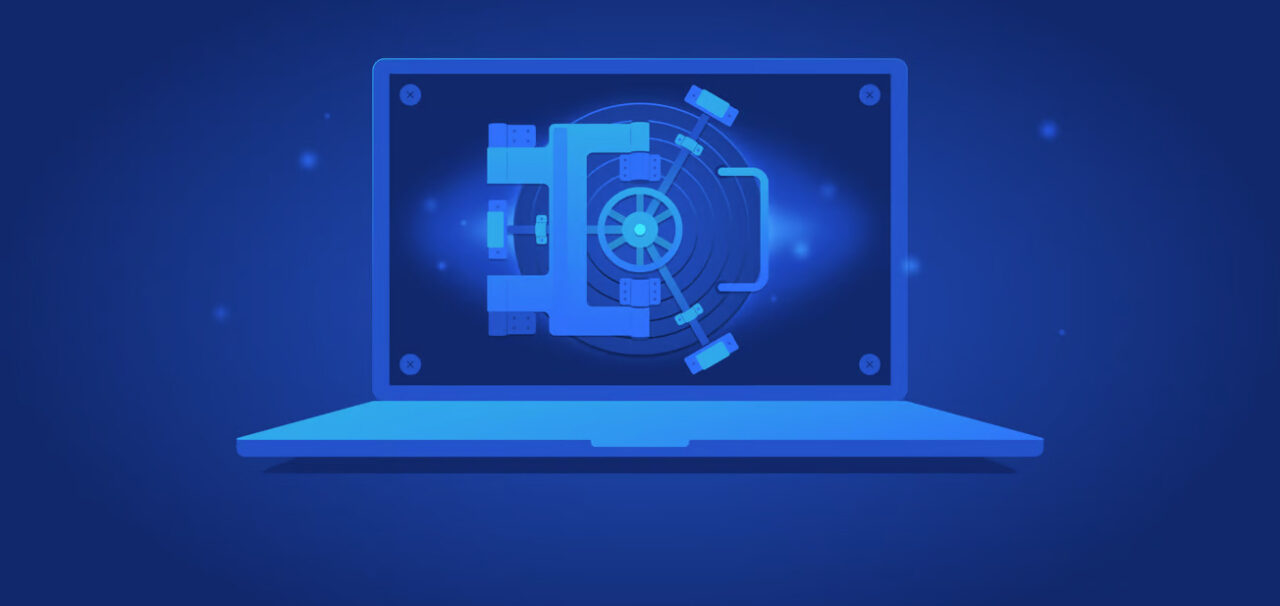
Mar 23, 2023
0 Comment by ViewersCybersecurity (Cy·ber·se·cur·i·ty.) The process of protecting electronic data against malicious or unauthorized usage, or the methods used to achieve this. That is, according to the dictionary. Do you acknowledge? The phrase ” cybersecurity ” has become practically synonymous with terms like “IT security” or “information security” throughout the years. It’s similar to claiming that every square is a rectangle, but not every rectangle is a square.
Confused? Let’s analyse it.
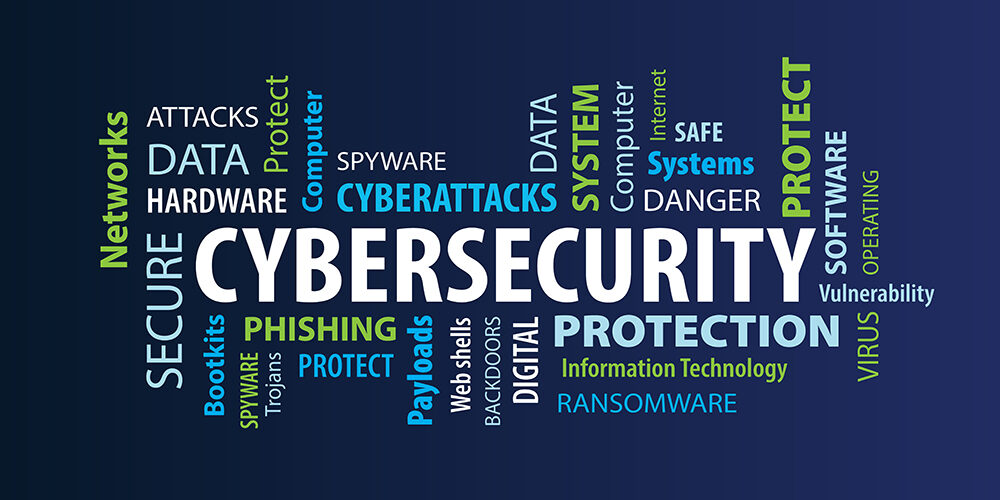
Because a square is a quadrilateral with four right angles, every square IS a rectangle. Consequently, cybersecurity, like physical security and information security, falls under the IT security umbrella.
Nevertheless, not every rectangle is a square since the definition of a square requires all sides to be the same length. The issue is that not all IT security procedures qualify as cybersecurity since cybersecurity has its own set of assets to safeguard.
James Stanger, CompTIA’s Chief Technology Evangelist, describes cybersecurity as “focused on securing electronic assets – including internet, WAN, and LAN resources – used to store and transfer that information.”
Of course, hackers with malevolent intent to steal proprietary data and information via data breaches pose a threat to these electronic assets. As a result, it appears that the fully realized definition should contain an increasing collection of cybersecurity solutions meant to secure sensitive data from unwanted access. To do so, evaluate how people, procedures, and technology all play equally vital roles in information security.
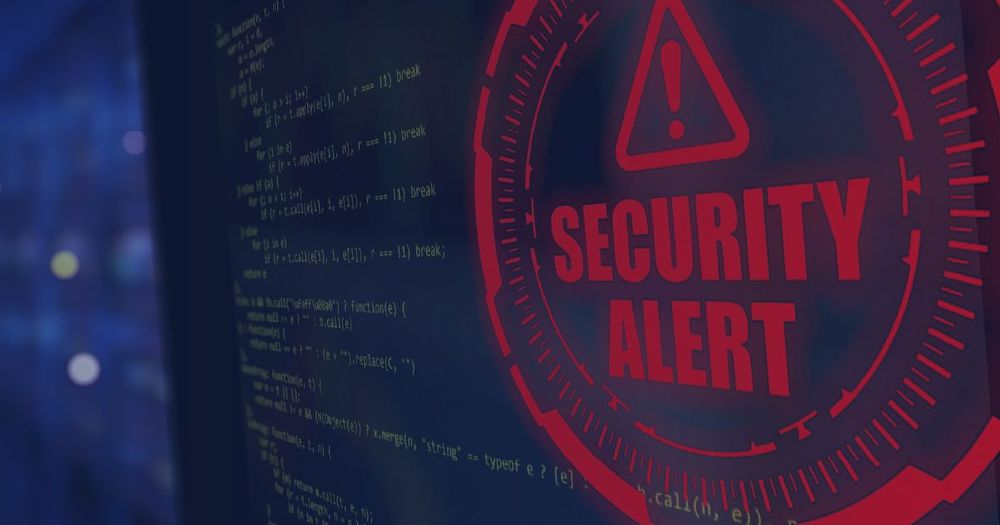
Convenience is one of the many benefits of living in a society where every gadget is connected. It is quite simple to do business, manage your social schedule, shop, and make appointments using your smartphone or device. That’s why many of us have adopted it as second nature.
Nevertheless, the ease of linked data also means that threats from malicious actors may do significant damage. Cybersecurity activities are critical to safeguarding our data and, by extension, our way of life.
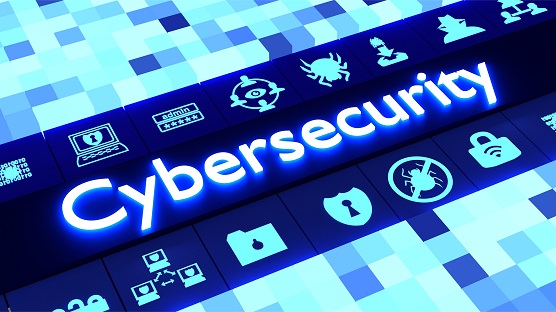
Cybersecurity may be divided into five categories:
An company should build a complete strategy that incorporates not just these five forms of cybersecurity, but also the three components that play active roles in a cybersecurity posture: people, processes, and technology, in order to cover all of its bases.
Let’s face it: no matter how many safeguards you put in place, if individuals don’t obey the rules, you’re still in danger. “You’re just as strong as your weakest link,” as the phrase goes. Most of the time, human error is simply that: a mistake.
Most people do not intentionally violate security protocols because they are either not taught to do so or are not aware of the consequences of their conduct. Undertaking security awareness training and repeating the most fundamental cybersecurity concepts with staff outside of the IT department may make a significant difference in the security posture of your firm.
Here are five examples of how the human component can raise your cybersecurity risk:
Inform staff that if anything appears suspicious, it most likely is! Urge employees to pay attention to URLs, delete emails that lack substance or appear to be from a faked address, and emphasize the necessity of protecting personal information. It is your obligation as an IT professional to promote awareness of potential cybersecurity hazards.
We all know that using the same password for years is a bad idea. But Bob in finance might not get it. Teach staff on the need of changing passwords often and using strong password combinations. We all carry a slew of passwords, and while it’s best practice not to reuse them, it’s reasonable that some of us need to write them down someplace. Provide recommendations on where to save passwords.
Most employees should appreciate the need of limiting personal browsing, such as shopping and banking, to their own devices. Because, after all, everyone looks for job, right? It is critical to keep a watch on which websites may link to others. This includes social media. Karen in customer service may be unaware that posting too much on Facebook, Twitter, Instagram, and other social media platforms (such as personally identifying information) is simply one method hackers obtain information.
It’s quite simple for an inexperienced tech consumer to go about their daily business without frequently backing up their data and upgrading their anti-virus software. This is the responsibility of the IT department. The most difficult problem here is convincing employees that they require your assistance with these items.
Consider how many individuals in your workplace leave their desks for meetings, gatherings, and lunch breaks. Are their gadgets locked? Emphasize the importance of protecting information whenever a device is left unattended. You may use the airport as an example. Airport personnel continuously remind us to maintain track of our belongings and to never leave them unattended. Why? Because you never know who could be passing by. Urge staff to treat their gadgets with the same care as they do their luggage.
IT experts may focus on procedure when people outside of the IT department are taught. The methods used by cybersecurity specialists to secure sensitive data are multifaceted. In brief, these IT professionals are responsible for detecting and identifying risks, preserving information, responding to incidents, and recovering from them.
Having processes in place not only guarantees that each of these buckets is constantly checked, but referencing a well-documented process may save your organization time, money, and the confidence of your most precious asset – your customers.
The National Institute of Standards and Technology (NIST) of the United States Commerce Department created the Cybersecurity Framework to serve as a guide for private-sector organizations in developing their own best practices. NIST developed the rules after former US President Barack Obama signed an executive order in 2014. It’s an excellent resource to have on hand while you attempt to reduce your cybersecurity risk.
After you’ve established frameworks and processes, it’s time to consider the tools at your disposal to begin execution.
When it comes to your toolbox, technology has two meanings:
Historically, cybersecurity activities concentrated on defensive measures within the confines of traditional technology. But rules such as Bring Your Own Device (BYOD) have blurred such barriers, giving hackers a far larger area to exploit. Remembering cybersecurity fundamentals such as securing all of your doors, windows, elevators, and skylights will protect you from being a statistic in the cyber-crime statistics.
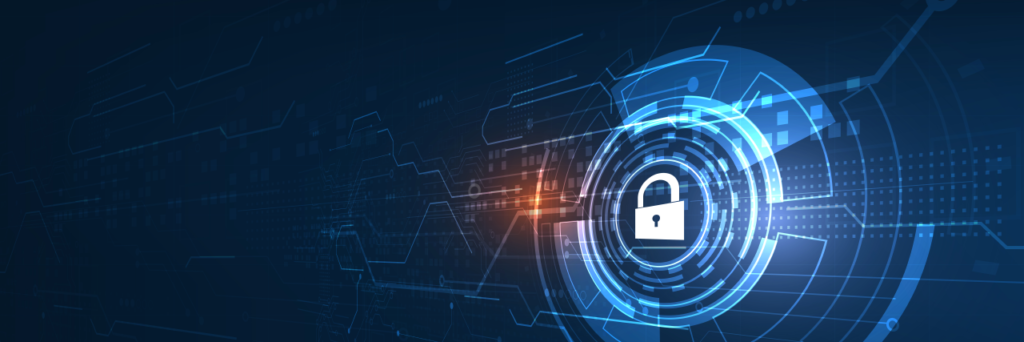
Keeping up with cybersecurity risks is a difficult task. IT professionals are aware of a vast number of risks, but the problem is that the list is always expanding. Cyberattacks are commonplace nowadays. While some attacks are tiny and easily handled, others swiftly escalate and cause havoc. All cyberattacks necessitate rapid response and resolution.
These are a few examples of frequent cybersecurity dangers from both groups.
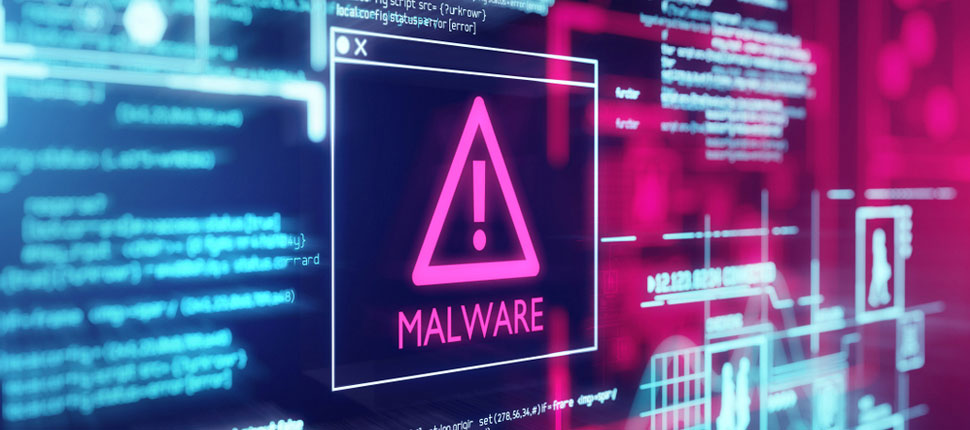
Malware is software that is designed to inflict harm on purpose. Sometimes known as a virus, can inflict harm simply by opening the incorrect attachment or clicking on the wrong link.
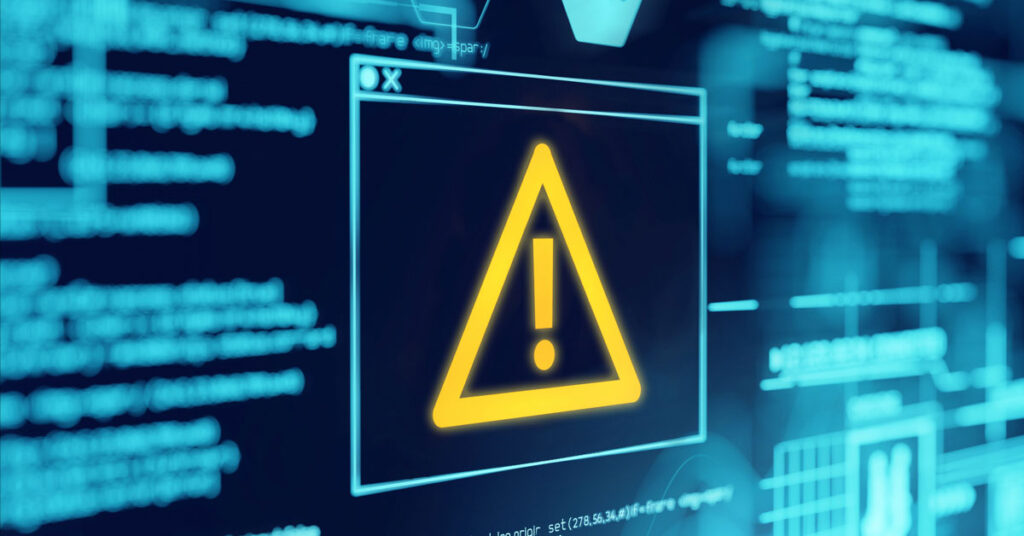
Ransomware is a kind of malware. The distinction here is that ransomware infects a network or steals private data before demanding a ransom (usually in the form of dollars) in return for access to your systems.

Phishing is exactly what it sounds like. Hackers bait you into biting, and when you do, they take personal information such as passwords, credit card numbers, and more. Phishing attempts typically take the form of emails that appear authentic and persuade you to respond.
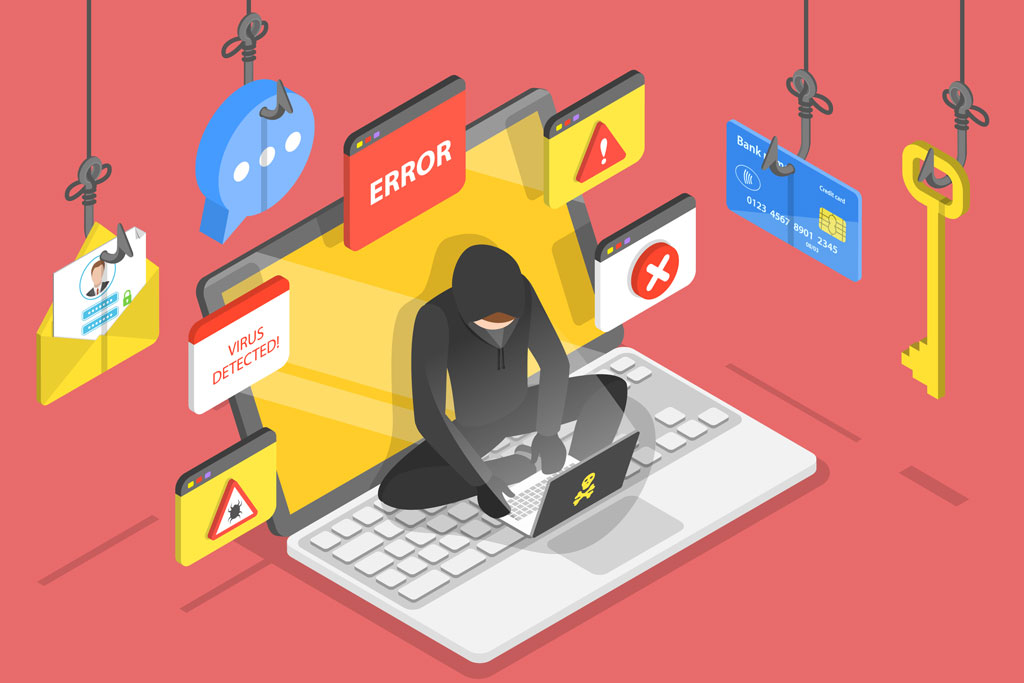
Malicious human interaction is included in social engineering. This is an example of somebody blatantly lying and manipulating others in order to obtain personal information. These folks frequently receive information through social media accounts and postings.
With the number of cybersecurity risks expanding by the minute, it stands to reason that the need for cybersecurity employment is also increasing. Indeed, there are over 300,000 cybersecurity job openings in the United States.
These are the top cybersecurity job titles, according to CyberSeek, an online site that provides extensive statistics on supply and demand in the cybersecurity job market.
Cybersecurity certificates are available from organizations such as (ISC)2, ISACA, GIAC, and Cisco. The following are some other prominent cybersecurity certifications:
Companies, governments, and people all store massive amounts of data on computers, networks, and the cloud. A data breach may be disastrous for any of these organizations in a variety of ways.
The good news is that the relevance of it has grown significantly over the years, to the point that executives outside of the IT department are taking note and prioritizing it. According to International Data Corporation (IDC), worldwide security expenditure would reach $103.1 billion in 2019, then expand at a compound annual growth rate of 9.2% through 2022, finally reaching $133.8 billion.
What is the most important takeaway? Cybersecurity is a complicated activity, and the best way to avoid attacks and secure your data is to use a multi-layered cybersecurity approach that integrates your people, processes, and technology.
You can Also Read: Cybercrime: Frightening Cyber Security Facts